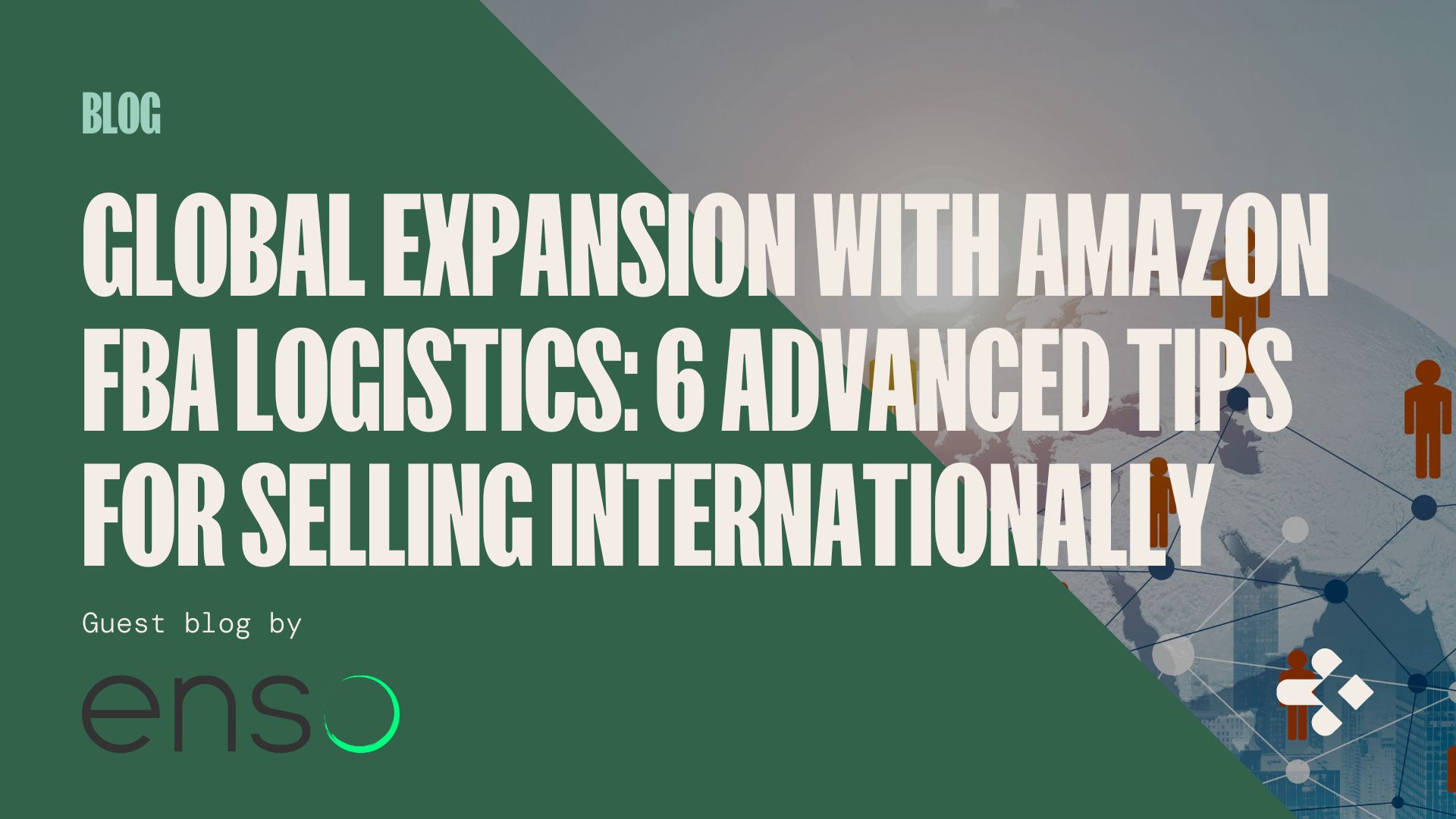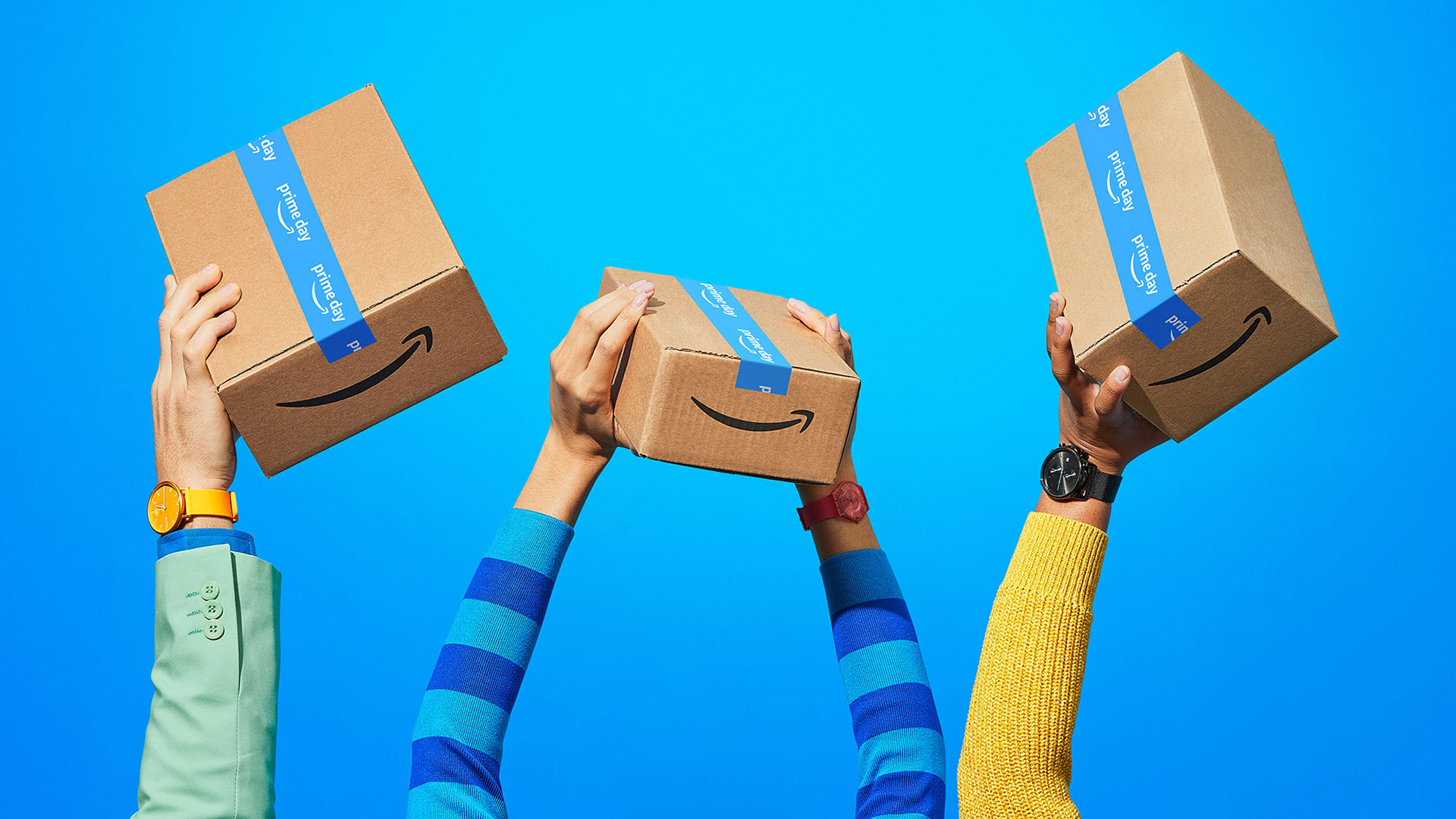
With Amazon’s FBA logistics infrastructure spread across the globe, selling in international markets has become easier than ever before. This was all made possible due to the Global Selling Program which was introduced in 2015. As of 2024, you have access to 21 international marketplaces and over 200 countries and territories.
However, selling internationally isn’t as simple as Amazon makes it sound. You’ll be stepping into a world of intense competition with regional sellers and will also have to deal with additional restrictions and regulations of the country you plan to sell in.
In this blog, we’ll explore some essential tips and strategies to deal with these challenges and thrive in the global marketplace.
Which Marketplaces Can You Sell In 2024?
As of 2024, you can sell to 21 international marketplaces through Amazon FBA logistics. This includes:
- United States
- United Kingdom
- Mexico
- Canada
- Spain
- Brazil
- Italy
- France
- Germany
- Singapore
- India
- Japan
- United Arab Emirates
- Saudi Arabia
- Turkey
- Australia
- Netherlands
- Belgium
- Poland
- Sweden
- Egypt
How Do You Choose a Marketplace To Expand Into?
Let’s start with how much traffic the marketplace you’re interested in has. As of 2024, the top marketplaces in terms of monthly traffic are the USA (3 billion visits), Germany (605.38 million visits), the UK (569.64 million visits), and Canada (231 million visits).
Next, consider the GDP PPP (Gross Domestic Product at Purchasing Power Parity) per capita of each country, which indicates the average income. Usually, the higher the income, the more likely people are to spend. That’s why countries like Germany and the UK are up on the list when it comes to expanding into new markets, as Amazon traffic is high and average income is high as well.
When Should You Start Selling Internationally?

Expanding internationally by using Amazon FBA logistics is a good idea if you already have an established and successful product in one marketplace. Before taking the international leap, make sure to do your research to confirm there’s also demand for your product in the new market.
If you’re based in the US, the easiest next step should be to enroll in the North American Remote Fulfillment (NARF) Program. This program allows you to sell in Amazon Mexico (Amazon.mx) and Amazon Canada (Amazon.ca) while keeping your stock in US fulfillment centers. When a customer in Canada or Mexico places an order, Amazon FBA logistics will step in and handle the cross-border shipping for you.
With NARF, you’ll also get automatic access to the BIL (Build International Listings) tool, which will duplicate your US product listings onto Amazon Canada, and Mexico without you having to do anything.
To qualify, you need to have a Professional Selling account and a North American Unified Account. You can set this up through the ‘Upgrade to a Unified Account’ page in Seller Central.
If you’re based outside the US, you’ll need to register with Amazon’s Global Selling Program. This program gives you access to all of Amazon’s marketplaces worldwide, not just in North America.
To access both NARF and Amazon’s Global Selling Program in Seller Central, go to Inventory > Remote Fulfillment with FBA.
Expert Tips for Selling Internationally

Now that you’ve completed the initial steps, it’s time to start selling internationally using Amazon FBA logistics. Here’s a quick guide to help you get started on the right foot:
1) Be Aware of Any Regulations
The first thing you need to do when selling internationally through Amazon FBA logistics is to be aware of the regulations of the country you plan to sell to. When expanding into the UK or EU, there’s a long list of legal requirements you need to fulfill. Here are a few examples:
- Register for VAT: VAT, or Value Added Tax, is a tax on goods and services within the UK and the European Union. Although the process to register may vary by country, it typically involves completing a form and providing essential documents such as proof of your business, identification, and financial records.
- Apply for an EORI Number: An EORI (Economic Operators Registration and Identification) number is crucial for customs declarations. Before applying, check if your company already has one, especially if you are registered for VAT. If you need to apply for one, you’ll need to provide detailed information about your company to the customs authority in the country where you plan to import goods into.
- Make sure you’re EPR Compliant: If you’re planning to sell in Germany or France, you need to obtain an EPR (Extended Producer Responsibility) number from the appropriate PRO (Producer Responsibility Organization) or government agency. This is to prove that your products, including packaging if they fall under EPR categories, are sustainable and recyclable. Common EPR categories cover products like electrical and electronic equipment, batteries, and furniture. Without this number, Amazon will be forced to take down your listings.
- Get a WEEE Number: If your products are covered by the Waste Electrical and Electronic Equipment (WEEE) Directive, you’ll need to get a WEEE number before you start selling through Amazon FBA logistics. This directive emphasizes the correct handling and recycling of electrical and electronic waste. Check if your products are listed under the directive’s categories, and if they are, reach out to the appropriate authorities in the EU country where you intend to sell.
2) Know Your Marketplace
The next thing you need to do is to make sure that you understand the marketplace/s you’re entering. Each country has its shopping habits, popular products, and peak shopping times. Take the time to familiarize yourself with all of this.
Look at what’s trending, what local competitors are doing, and what customers in that region want. Also, determine what type of marketing styles might not be effective and if you require any additional licensing to sell your products.
3) Research Competitor Pricing
Pricing your products right is a delicate balance when selling internationally through Amazon FBA logistics. You want to be competitive, but you also need to make sure you’re making a profit. Look at what similar products are selling for in your target market. Consider all costs involved— production, shipping, taxes, Amazon FBA logistics fees, and any import duties that might apply. Don’t forget to take into account currency exchange rates, local purchasing power, and economic conditions.
Lastly, ask yourself these questions:
- How does my product compare in terms of quality and features?
- Can I offer something extra to justify a higher price, or should I aim to be the affordable option?
- Are there any seasonal pricing trends that I should be aware of?
4) Consider Using BIL
If you have a Unified Account or Linked Account, you can use the BIL tool to duplicate your current listings on the marketplace where you want to sell. Here’s how to set it up:
Step 1: Go to Amazon Seller Account > Inventory > Build International Listings > Get Started.
Step 2: Choose your source market or primary market.
Step 3: Select your target marketplaces.
Step 4: Select your pricing rules. You can choose from four different options:
- Same price as the source marketplace
- Per cent above source marketplace
- Per cent below source marketplace
- The fixed amount above the source marketplace
Step 5: Wait for Amazon to process your request. This can take up to 4 hours. You’ll receive an email once it’s done.
5) Accurately Translate Your Listings
If you’re planning to sell in a country where English is not the primary language, you’ll need to translate your listings to the regional language there. If you’ve upgraded to a Unified account, this will done automatically. If not, you can use online AI tools for quick translations, but it’s highly recommended to hire a skilled translator to ensure your copy makes sense and includes the keywords you need in the target language.
6) Hire a Full Service Amazon Agency
If the idea of going global feels overwhelming, you can always hire a full-service Amazon agency like Enso Brands. Enso Brands will take care of all the details for you including managing Amazon FBA logistics, optimizing your product listings for international markets, researching pricing, and keeping tabs on your competitors. This way, you can focus on expanding your business and focusing much more on what you’re good at.
Summary
Selling internationally through Amazon FBA logistics is a great way to grow your business and reach new customers. To ensure success, make sure you’re aware of the different regulations in each country. When choosing where to sell, look at the annual traffic of the marketplace, the GDP PPP of the country, and what kind of seller account you have. Programs like NARF and Amazon’s Global Selling Program can help make shipping and handling easier, but you still need to do your research on taxes, what prices to set, and local buyer preferences. If it all seems too much, you can always hire a full-service Amazon agency like Enso Brands.
Discover more from reviewer4you.com
Subscribe to get the latest posts to your email.





